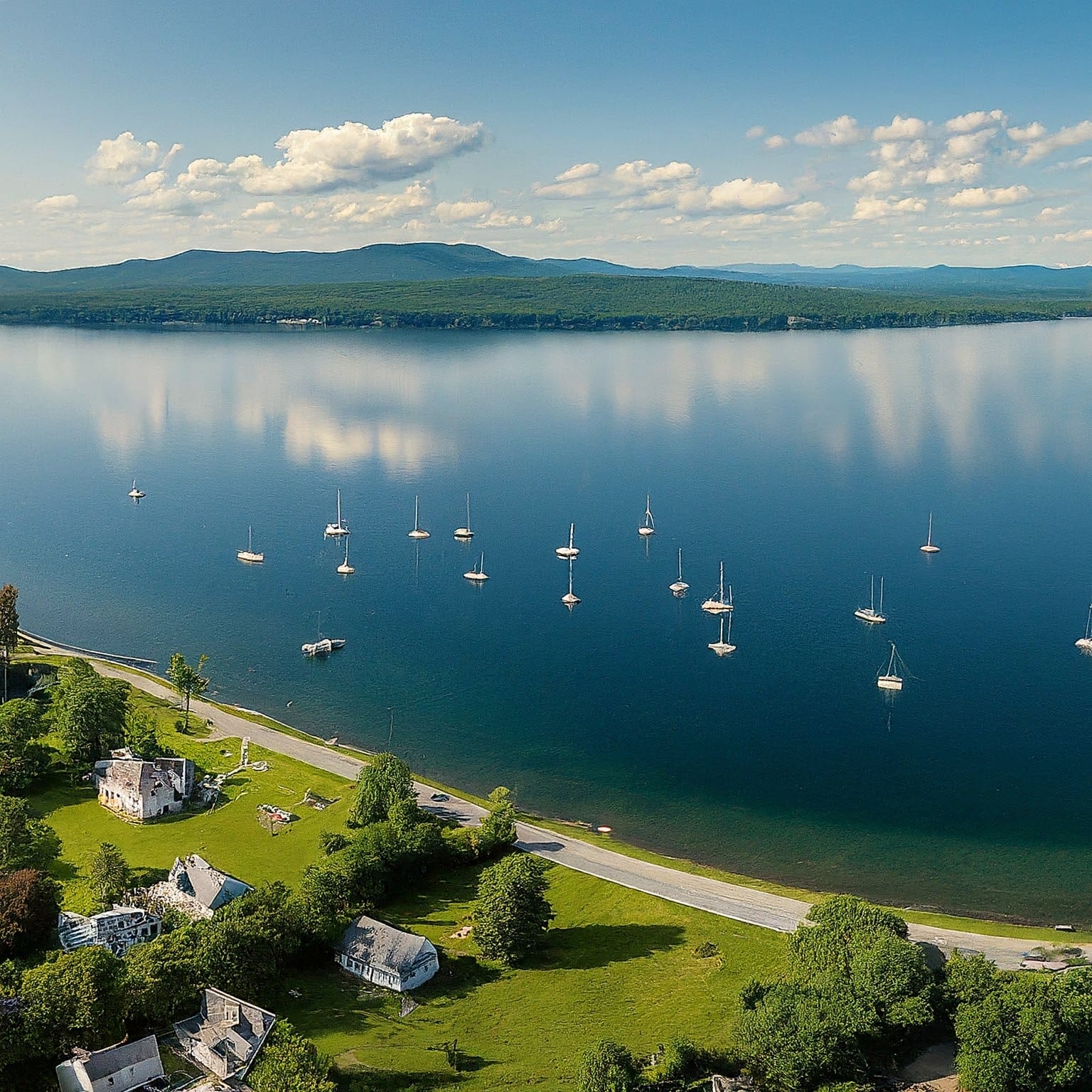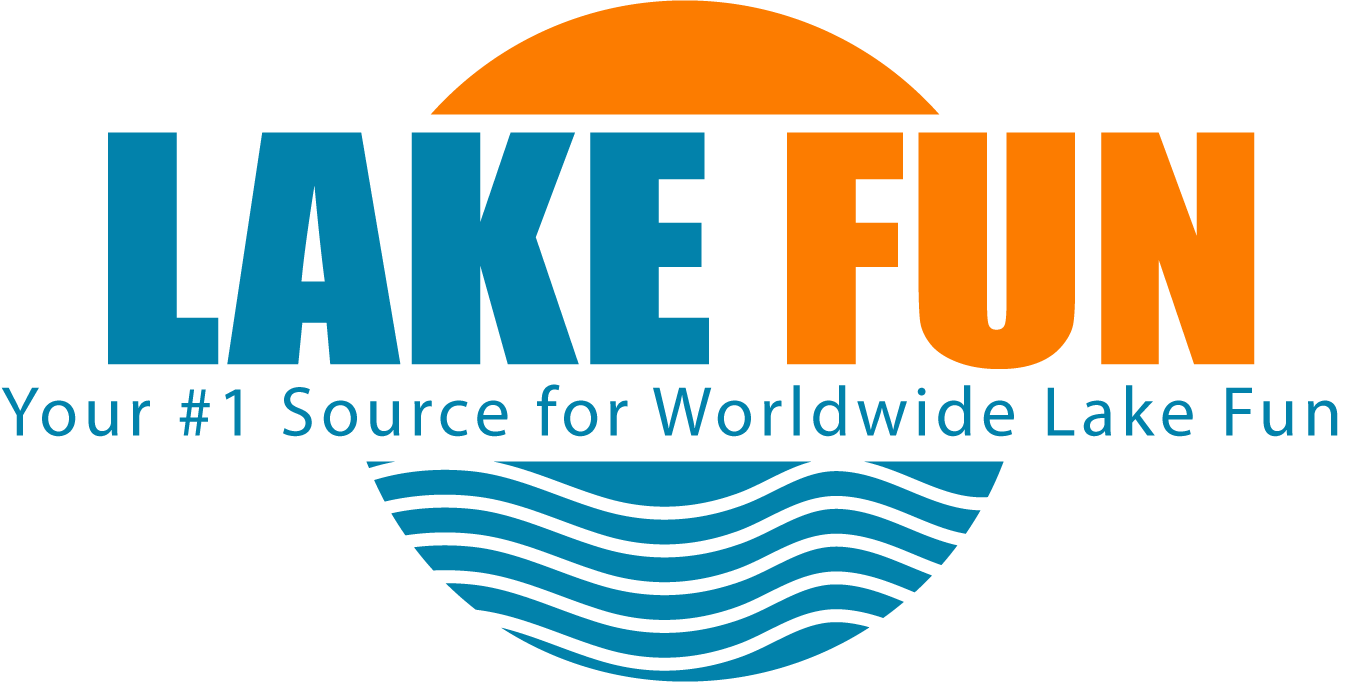Here’s a breakdown of key features for Lake Champlain, the sixth largest freshwater lake in the United States, bordering Vermont, New York, and Quebec:
Books about Lake Champlain:
Lake Champlain Fun Book: A Fun and Educational Book About Lake Champlain
Lake Champlain Safety Book: The Essential Lake Safety Guide For Children
Location and Size:
- Stretching along the borders of Vermont and New York, with a northern tip reaching into the Canadian province of Quebec.
- The largest freshwater lake entirely within the U.S. borders is Lake Huron, followed by Michigan, Superior, Erie, and Ontario.
- Covers an area of approximately 490 square miles (1,269 square kilometers) with a length of 120 miles (172 kilometers) and a width of up to 14 miles (23 kilometers) at its widest point.
History and Significance:
- Formed roughly 10,000 years ago by receding glaciers.
- Played a crucial role in the exploration and settlement of North America by French colonists, serving as a transportation route.
- The lake was a vital waterway during the American Revolutionary War, with several forts and battles shaping the region’s history.
Natural Beauty and Activities:
- Renowned for its scenic beauty, surrounded by the Adirondack and Green Mountains.
- The deepest point of the lake reaches approximately 400 feet (122 meters).
- Offers a variety of recreational activities:
- Boating: Popular for pontoon cruises, kayaking, canoeing, and sailing. Adhere to regulations regarding motorized watercraft.
- Fishing: A haven for anglers with diverse fish populations like smallmouth and largemouth bass, walleye, lake trout, and northern pike. Obtain a fishing license following the regulations of the specific state or province you’re fishing in.
- Swimming: Designated swimming areas are available at some locations.
- Hiking and Camping: Opportunities for exploring surrounding trails and camping adventures.
Surroundings and Points of Interest:
- The Lake Champlain Basin Program works towards protecting the ecological health of the lake.
- Several historic forts and battlegrounds are located around the lake, offering a glimpse into the region’s rich history.
- Charming towns and cities dot the shoreline, like Burlington, Vermont, and Plattsburgh, New York, providing restaurants, shops, and cultural attractions [14].
Additional Information:
- The lake serves as a vital habitat for various wildlife species, including bald eagles, loons, and otters.
- During winter months, the lake can partially freeze over.
Summary

Article Name
Lake Champlain
DescriptionLake Champlain
Author Kayak Lanternhead
Publisher Name
www.lakefun.com
Publisher Logo

